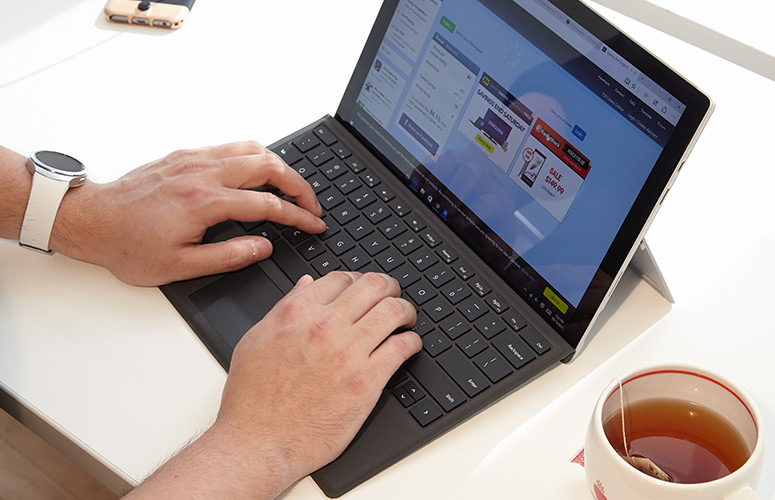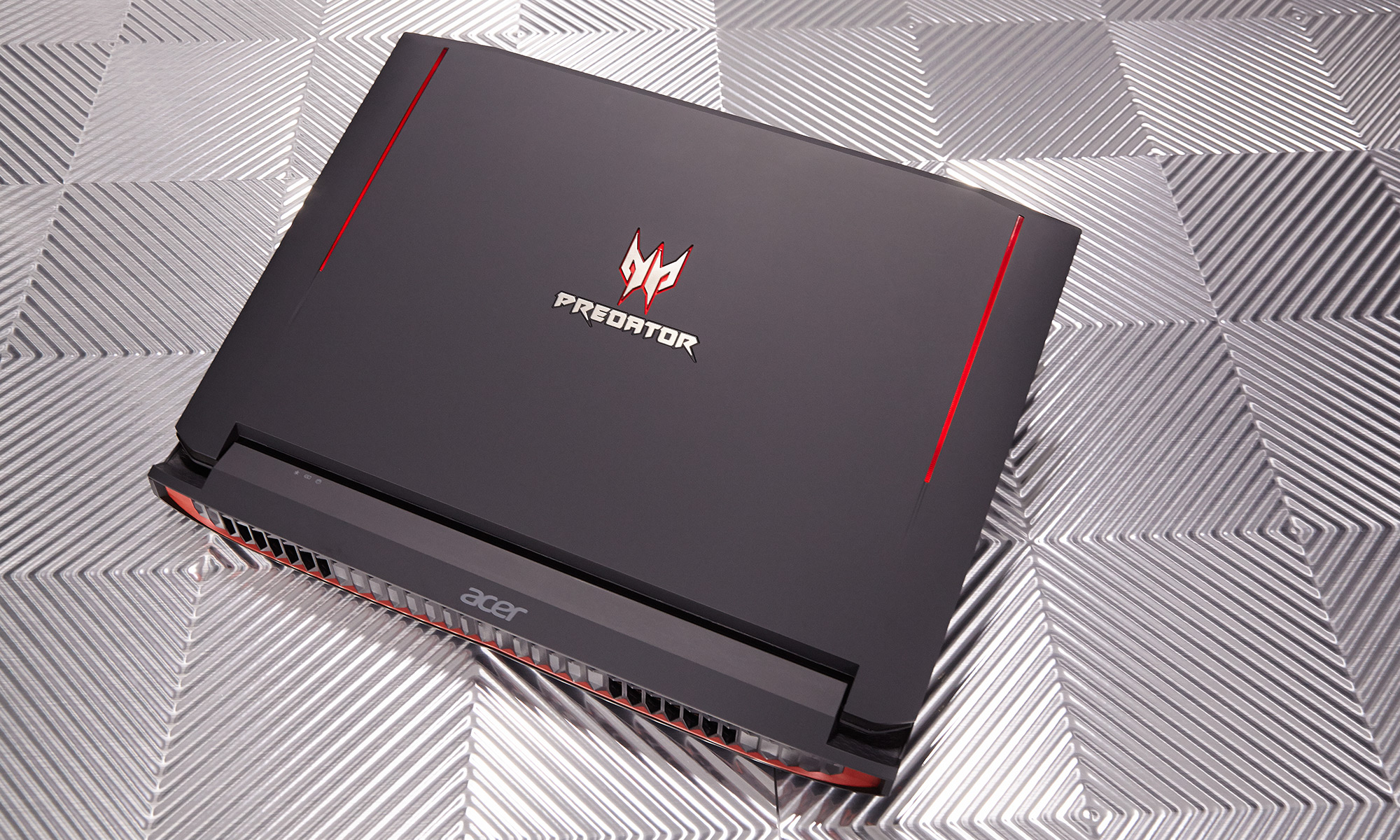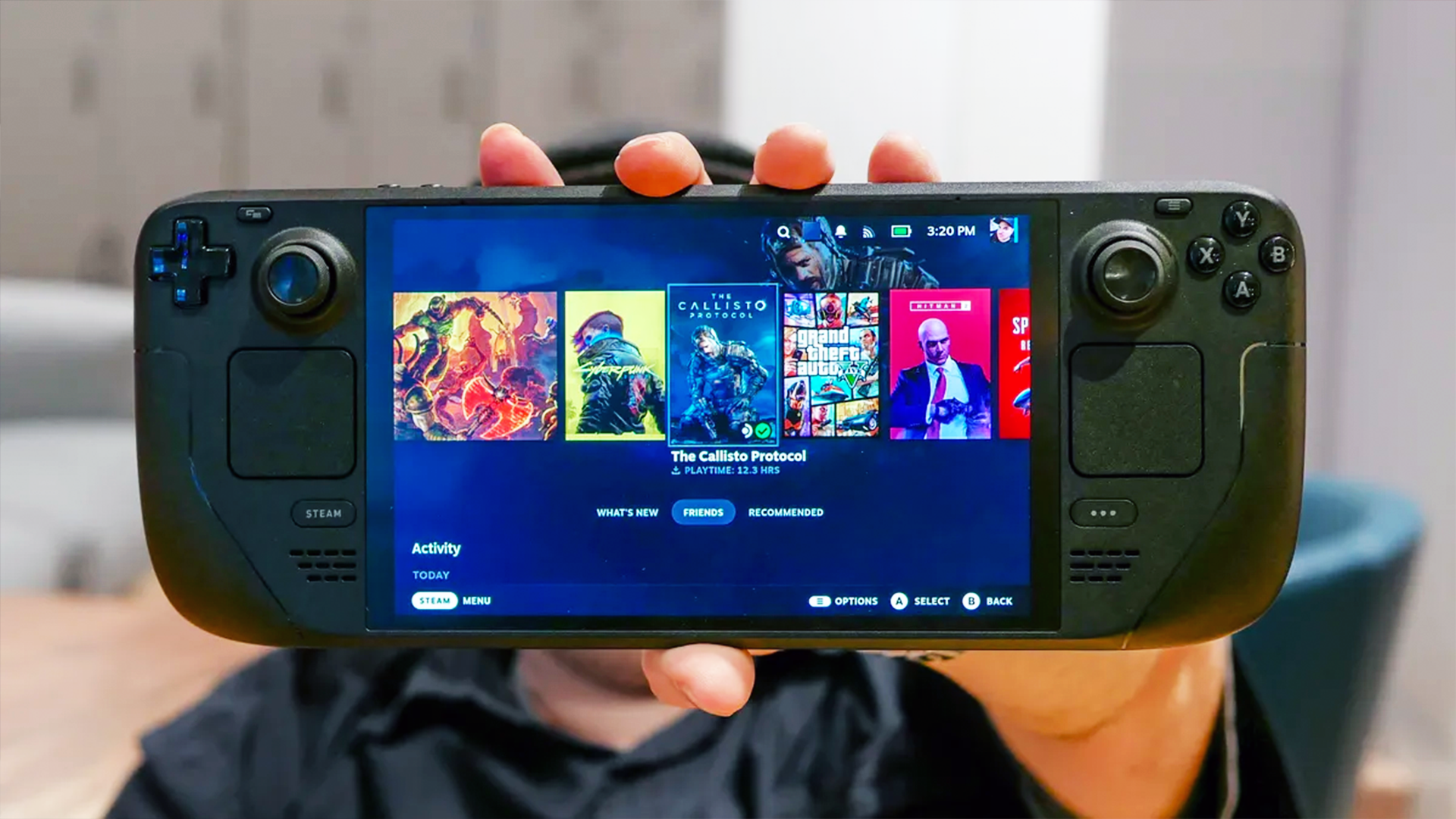Laptops in 2016: OLED Screens, Oculus-Ready Gaming
The Surface is no longer the laptop-tablet combo to beat. Learn what's next for 2-in-1s, and for gamers looking for cheap thrills and VR fun.
2015 was the year that everyone tried to catch up to the Microsoft Surface and to 2-in-1s like the Lenovo Yoga line, and 2016 should see options that appeal to a much broader audience. For example, the HP Envy x2 10t, starts at just $249 and lasts more than 9.5 hours on a charge.

What 2-in-1s are not are iPad replacements. "While 2-in-1 convertible laptops like our legendary Yoga line can be used in laptop, stand, tent and tablet modes, we view them as an additive to the tablet experience, and not a replacement," said Dilip Bhatia, Lenovo vice president of marketing and design.
I don't think consumers love 2-in-1s. -- Stephen Baker, VP of Industry Analysis, NPD
"I don't think consumers love 2-in-1s," NPD's Stephen Baker said. "I think they like the idea that these things are a little more flexible than what they had before."
MORE: The Biggest Tech Trends of 2016
To make these convertible devices more compelling, look for PC makers to deliver not just thinner and lighter designs, but also jaw-dropping OLED displays (the rich and colorful panels usually reserved for smartphones). Microsoft still needs to offer more, and better, tablet apps, though. "2-in-1 convertibles are here to stay and will continue to grow in popularity," said Frank Azor, Dell's executive director for its XPS and Alienware lines.
On the business-laptop front, expect some would-be MacBook killers with super-slim designs made of very strong materials. Some of these machines follow Apple's lead by featuring USB-C ports instead of full-size ports, but the more vendors that support the budding standard, the faster peripherals will proliferate.
MORE: The Best Gaming Laptops
Get instant access to breaking news, the hottest reviews, great deals and helpful tips.
When asked about the biggest trend for PCs in 2016, Dell's director of XPS and Alienware lines had one simple answer: "VR, VR, VR!"
Gaming looks to be huge for laptops in 2016. From Acer and Asus to HP and Lenovo, it now seems that absolutely everyone is making a gaming portable. It's easy to see why, as these systems have higher margins than your basic budget box, and (with the right specs) they'll support VR games via the Oculus Rift.

When asked what the biggest trend is for PCs in 2016, Dell's Azor had one simple answer: "VR, VR, VR!"
However, Oculus-Rift-ready PCs require the most powerful graphics cards (Nvidia GTX 970 and up), which means they'll be priced out of the reach of many shoppers.
MORE: Oculus Rift Review: Worth the Hype
For those who don't want to don a headset to game, the Dell Inspiron 15 7000 and Lenovo Y700 are two of the stronger value-priced options, delivering mid-level Nvidia graphics inside fairly sleek designs for less than $1,000.
Just keep in mind that all gaming laptops are not created equal. "Genuine gaming notebooks are substantially more than just a performance graphics card integrated into a notebook chassis," Azor said. This includes a lack of bloatware, customer service and things beyond graphics, like the keyboard, screen and battery life.
| 2016 TECH TRENDS TO WATCH: What You Need to Know |
| What's Next for VR: More Useful Content, Less Nausea |
| What's Next for Wearable Tech: What Will Make You Healthy? |
| What's Next for Drones: Super Selfies, GoPro Karma, FAA Confusion |
| What's Next for TV: 4K Goes Mainstream, But Here Comes HDR |
| What's Next for Car Tech: The Road to Self-Driving Autos |
| What's Next for Smart Home: Simplicity Trumps Smarts |
Mark Spoonauer is the global editor in chief of Tom's Guide and has covered technology for over 20 years. In addition to overseeing the direction of Tom's Guide, Mark specializes in covering all things mobile, having reviewed dozens of smartphones and other gadgets. He has spoken at key industry events and appears regularly on TV to discuss the latest trends, including Cheddar, Fox Business and other outlets. Mark was previously editor in chief of Laptop Mag, and his work has appeared in Wired, Popular Science and Inc. Follow him on Twitter at @mspoonauer.

